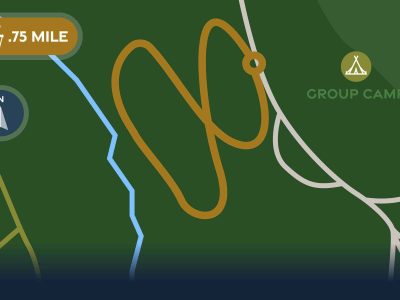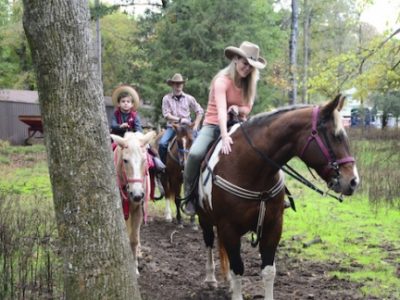Isaac Levi Garvin 1878 – 1880
In Garvin, Oklahoma, a four-foot granite marker has been erected at the grave of Isaac Levi Garvin in Waterhole Cemetery as part of a project of the Beavers Bend Historical Society. Placement of the marker completes an effort by the society to memorialize the live Principal Chiefs of the Choctaw Nation who made their homes in what is now Beavers Bend. Choctaw Chief’s Park near Eagletown was dedicated and commemorated Principal Chiefs George Hudson, 1860-62; Peter P. Pitchlynn, 1864-96.
A 1958 project by the Oklahoma Historical Society had reclaimed the Garland family cemetery and refinished the stone on the grave of Samuel Garland, Principal Chief 1862-74. The grave of Jefferson Gardner was moved, with consent of his descendants, from the Christie family cemetery to the yard of the mansion home he had built in 1884-86. The grave of George Hudson has not yet been located. A considerable search for the grave of Judge Garvin was syndicated by members of the society before it was determined that his grave was in Waterhole Cemetery, which had been reclaimed several years ago through society efforts. The headstone from the grave had been broken and apparently removed. However, a small footstone bearing the initials ILG helped the searchers to locate the grave.
Isaac Levi Garvin was born April 27, 1832 in Mississippi and was brought at the age of two to new Okla Falaya District in what is now Oklahoma by his parents. The family settled about six miles southeast of Wheelock Mission, about one mile southeast of the site of present day Garvin, which was named for the Chief. Educated at Norwalk and Spencer Academies, Isaac Garvin became an attorney and later served as a county judge, a district judge and as presiding officer of the Choctaw Nation Supreme Court.
In 1978, the prominent jurist, who had also served on the ChoctawNation General Council was elected as Principal Chief. He became the first Choctaw Principal Chief to die while still in office. He died Feb.20, 1880, seven months before his first term, as Chief would have expired. The community, called Garvin in his honor, that had grown up around his farm-ranch home, continued to thrive. In 1902, when the Choctaw and Arkansas (later Frisco) Railroad line was built, the community was moved northwest about one mile to the rail line, but continued to commemorate the chief with its name. Waterhole Cemetery is located on a county road connecting US 70 at Garvin with SH 37 at the Iron Stob community, and in addition to Chief Garvin they also have the grave of his noted son-in-law, James Wood Kirk.








